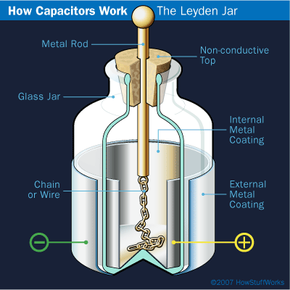Electrostatics and Coulomb's Law
Even though they didn't fully understand it, ancient people knew about electricity. Thales of Miletus, a Greek philosopher known as one of the legendary Seven Wise Men, may have been the first human to study electricity, circa 600 B.C. By rubbing amber -- fossilized tree resin -- with fur, he was able to attract dust, feathers and other lightweight objects. These were the first experiments with electrostatics, the study of stationary electric charges or static electricity. In fact, the word electricity comes from the Greek elektron, which means amber.
The experiments wouldn't continue until the 17th century. That's when William Gilbert, an English physician and amateur scientist, began to study magnetism and static electricity. He repeated the research of Thales of Miletus, rubbing objects together and charging them by friction. When one object attracted or repelled the other, he coined the term "electric" to describe the forces at work. He said these forces developed because the rubbing action removed a fluid, or "humour," from one of the objects, leaving an "effluvium," or atmosphere, around it.
Advertisement
This concept -- that electricity existed as a fluid -- persisted into the 1700s. In 1729, English scientist Stephen Gray observed that certain materials, such as silk, didn't conduct electricity. His explanation was that the mysterious fluid described by Gilbert could travel through objects or be hampered from traveling. Scientists even built jars to hold this fluid and study its effects. The Dutch instrument makers Ewald von Kleist and Pieter van Musschenbroek created what is now known as a Leyden jar, a glass jar containing water and a nail that could store an electrical charge. The first time Musschenbroek used the jar, he received a massive shock.
By the later 1700s, the scientific community was beginning to get a clearer picture of how electricity worked. Benjamin Franklin ran his famous kite experiment in 1752, proving that lightning was electrical in nature. He also presented the idea that electricity had positive and negative elements and that the flow was from positive to negative. Approximately 30 years later, a French scientist by the name of Charles Augustin de Coulomb conducted several experiments to determine the variables affecting an electrical force. His work resulted in Coulomb's law, which states that like charges repel and opposite charges attract, with a force proportional to the product of the charges and inversely proportional to the square of the distance between them.
Coulomb's law made it possible to calculate the electrostatic force between any two charged objects, but it didn't reveal the fundamental nature of those charges. What was the source of the positive and negative charges? As we'll see in the next section, scientists were able to answer that question in the 1800s.
